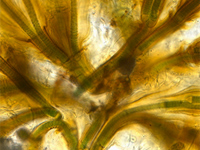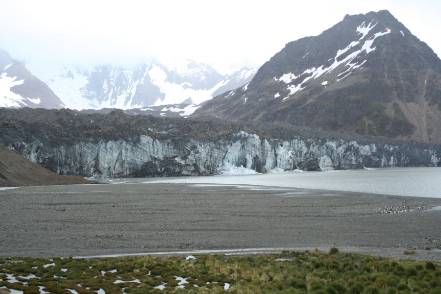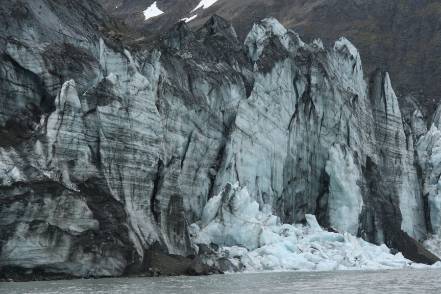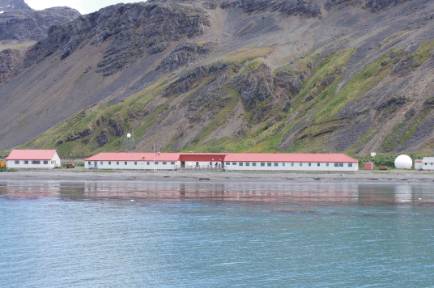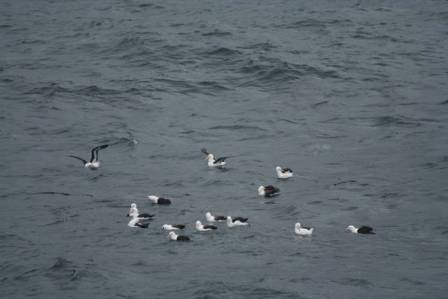Thanks to a Shackleton Scholarship Fund and the help of Falklands Conservation, we were able to spend a few days on the Falklands to do sampling of soils for microbiology analysis at sites where Falklands Conservation is currently carrying out habitat restoration pilot studies.
We spent two busy days in the Fritzroy area and Cape Pembroke. The first day, we not only got to visit various sites covered in rich Diddle-dee and grassland vegetation as well as see exposed peat and clay areas with the Habitat Restoration Officer, but also got to enjoy one of the rare hot summer days on the Falkland Islands. Our second day was apparently a lot more like a 'normal' day in February with thick clouds, rain and strong gusts of winds.
Tussock grass at Cape Pembroke, Falkland Islands.
Diddle-Dee in Fitzroy, Falkland Islands.
Fieldwork with the Habitat Restoration Officer, Falklands Conservation.
Collection of soil using a corer.
Collection of soil for molecular analysis.



